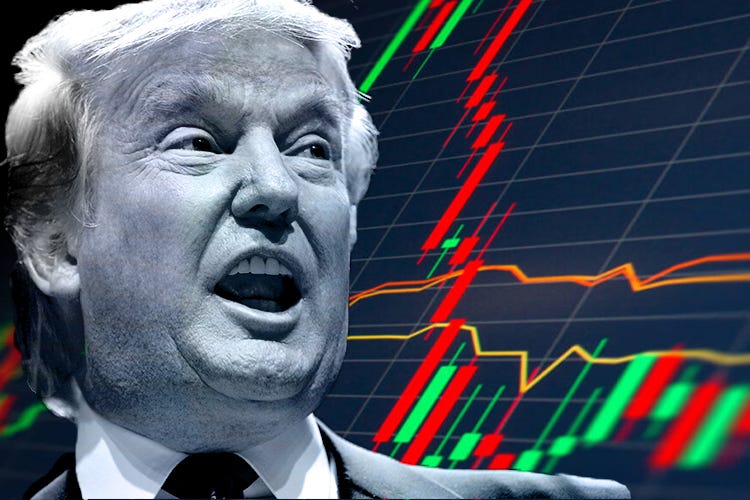Are The Trump Tariffs Actually Working?
Sudden budget surplus is a positive sign
According to the US Treasury Department, American taxpayers enjoyed a revenue surplus of $27 billion in June, sharply rising after a $316 billion deficit in May. It was a 13% increase in receipts over the same month in 2024. Jeff Cox explains at CNBC that “with calendar adjustment, the deficit actually edged lower by 1%.” The difference is customs dutie…
Keep reading with a 7-day free trial
Subscribe to Osborne Ink to keep reading this post and get 7 days of free access to the full post archives.


